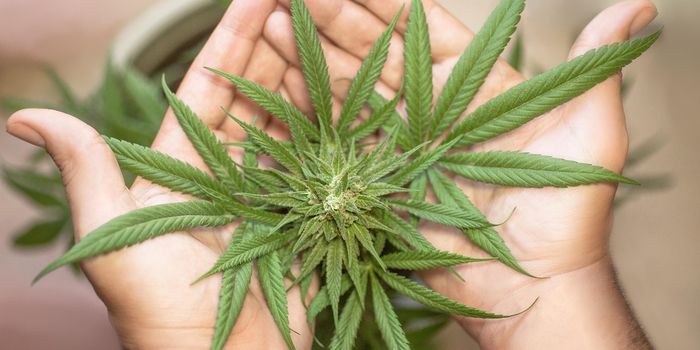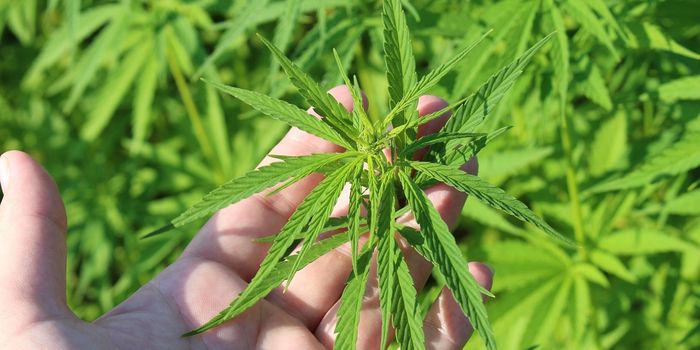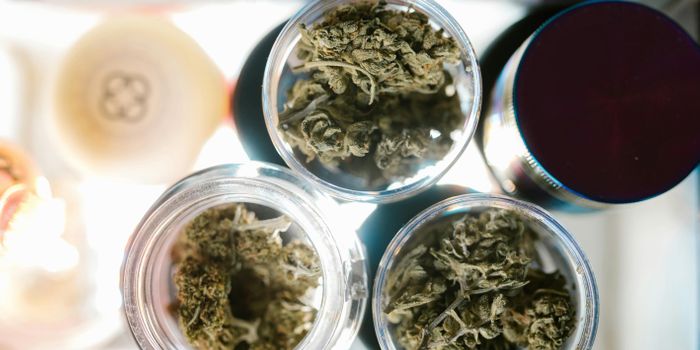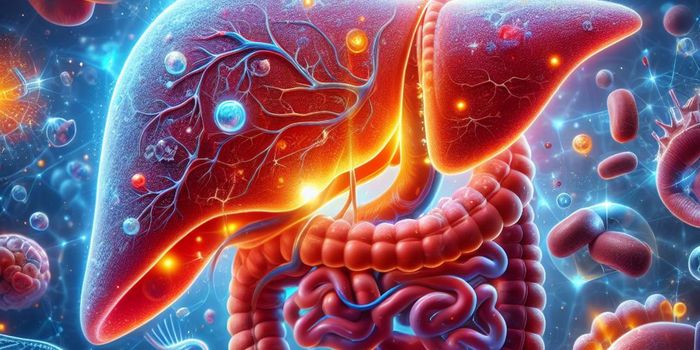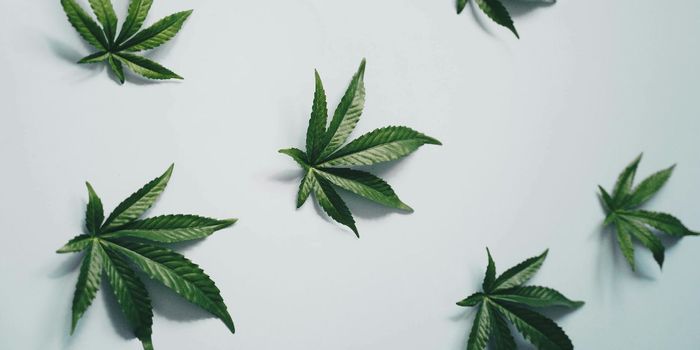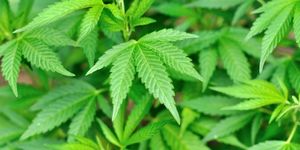Cannabidiol Enhances Fracture Healing
Scientists have been studying for the past decade the effect that the cannabinoid cannabidiol has on bone healing and development. It seems scientists can agree that CBD can accelerate the process of the body healing broken bones and making them stronger which is why many use CBD gummies for pain.
A study that was published in the February 2009 issue of International Immunopharmacology tested the effects of 5 milligrams of cannabidiol in a periodontitis experimental model in rats. After 30 days a morphometrical analysis of alveolar bone loss demonstrated that CBD treated animals presented a decreased alveolar bone loss and a lower expression of the activator of nuclear factor kB ligand RANKL/RANK. Gingival tissues also showed decreased neutrophil migration associated with lower interleukin and tumor necrosis factor-a production.
Another study conducted in 2009 and published online with PNAS showed endocannabinoids activate GTPyS binding via the GPR55 receptor. The study concluded that the cannabinoid receptors CB1 and CB2 affect bone metabolism. Stimulatory effects on osteoclast function were attenuated by CBD. GPR55 suppresses osteoclast formation but stimulates osteoclast formation. This report also states that CBD significantly reduced bone absorption in vivo.
The Journal of Bone and Mineral Research published a study showing that the cannabinoid cannabidiol (CBD) strengthens bones and accelerates the healing of fractures. Researchers administered CBD on rats with mid-femoral fractures and found that cannabinoid ligands regulate bone mass. This phenomenon was measured with CBD, but not with THC alone, however, a down-regulation was not seen with the addition of THC. THC does potentiate the CBD stimulated work-to-failure 6 weeks post fracture. With the use of micro-computed tomography, the fracture callus size was reduced by CBD or THC four weeks after fracture but plateaued after six and eight weeks where control levels were seen. CBD stimulated mRNA expression of Plod 1 in primary osteoblast cultures, encoding an enzyme that catalyzes lysine hydroxylation, which is in turn involved in collagen crosslinking and stabilization. The researcher Yankel Gabet also noted that after being treated with CBD the healed bone will be harder to break in the future.
The most recent study to date was released in the European Journal of Pharmacology in August 2017. Scientists investigated the therapeutic effects of CBD on a sublesional bone loss in a rat model with spinal cord injury. It was shown that CBD enhanced bone volume, trabecular thickness, trabecular number, and reduced trabecular separation in proximal tibiae. It also increased ultimate compressive load, stiffness, and energy to max force of femoral diaphysis. With these results the author concludes that CBD administration reduces the severity of spinal cord injury induced sublesional cancellous bone loss.
Studies conducted throughout the years show how useful cannabinoid therapy can be to help in bone fragment healing by increasing the volume and thickness of trabecular bone and the presence of unabsorbed cartilage. It has also been seen that CBD increases the strength of healed femurs, and may be of therapeutic value to spinal cord injuries as it lessens the loss of bone mineral that occurs in these injuries.
Sources: PubMed, youtube,Living Well CBD, Endoca, European Journal of Pharmacology, International Immunopharmacology


